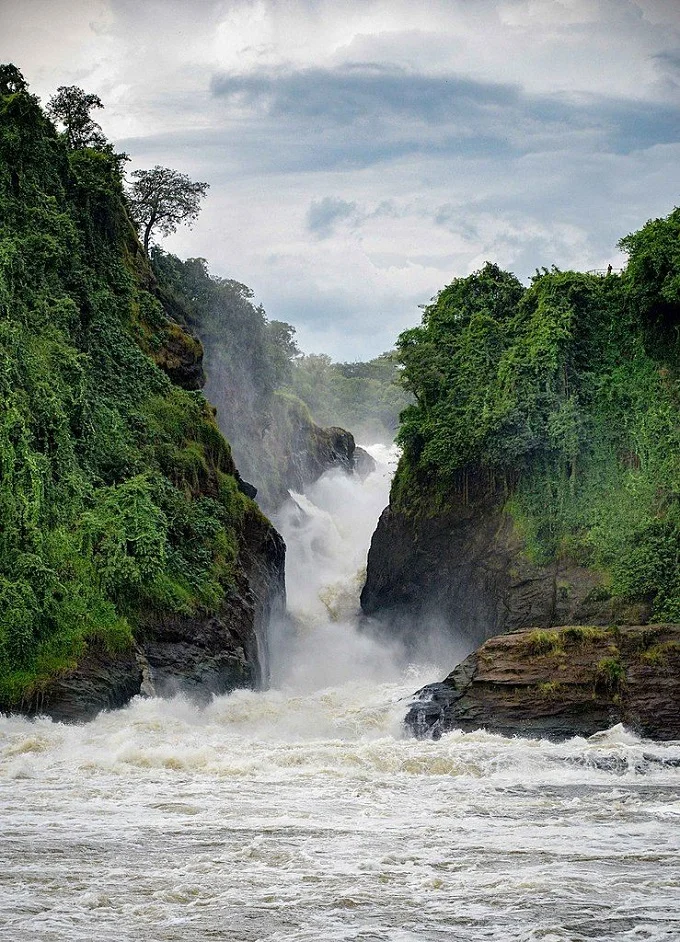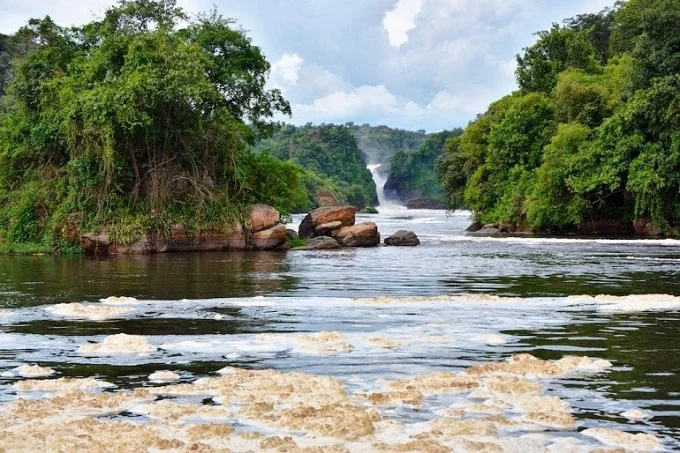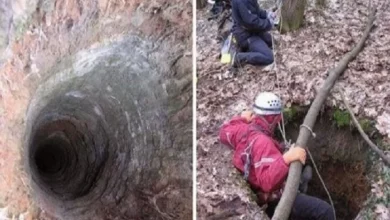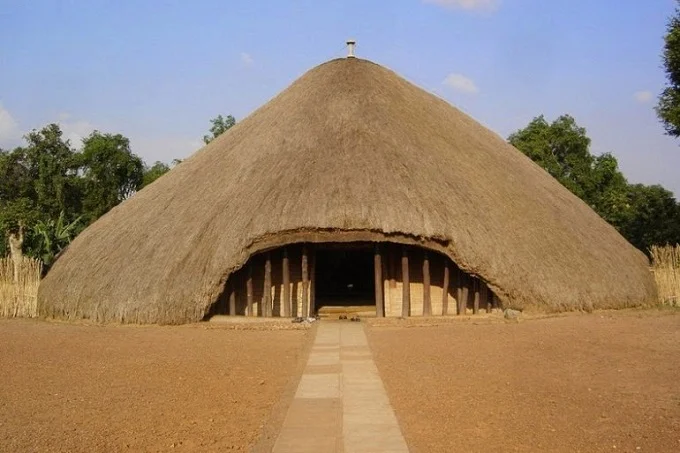Murchison falls facts

The Uganda’s Murchison Falls, the White Nile River flows impressively between Lake Kyoga and Lake Albert at this spectacular location in Uganda.
Murchison Falls, also known as Kabalega Falls, is a dramatic natural phenomenon. The White Nile breaks through a tiny rocky cleft and plunges 50 meters into a lake known as the “Devil’s Cauldron” before pouring into the placid Lake Albert.

Murchison falls facts
- English explorers Samuel and Florence Baker named Murchison Falls after Roderick Murchison, the Royal Geographical Society president.
- The local name Kabalega emerged in the 1970s when President Idi Amin unofficially renamed Murchison Falls to Kabalega Falls after King Kabalega of Bunyoro.
- Murchison Falls crowns the magnificent surrounding region known as Murchison Falls National Park.
- The Murchison Falls National park is located at the scenic north end of Albertine Rift Valley.
- Murchison Falls National park was established as a nature preserve in 1926, and today is the oldest and largest conservation of its kind in the country.
- The Murchison Falls conservation area includes National Park, Bugungu Wildlife Refuge, and Karuma Falls reserve, which is home to more than 70 species of mammals and 450 species of birds.
- The riverbanks are dotted with buffalo, hippos, and crocodiles, while elephants, lions, leopards, chimpanzees, and giraffes roam the forests and savannahs.
- British Prime Minister Winston Churchill visited the current National Park in 1907 and specifically noted that the landscape reminded him of the wild gardens of Kew. Other historically significant visitors included Ernest Hemingway and former U.S. President Theodore Roosevelt.
- The area is also featured in the 1951 film, ‘The African Queen’, as one of the most beautiful waterfalls in the world.
- Murchison Falls National Park may be reached by automobile or aircraft.
- Wildlife viewing, hiking, and bird watching are all popular activities at the national park.
- Hot air balloon rides are also a fantastic way to see the sights in the area.
- The park is open all year, but The park is open all year round, but a visit is especially recommended from January to March, from June to the end of September.






